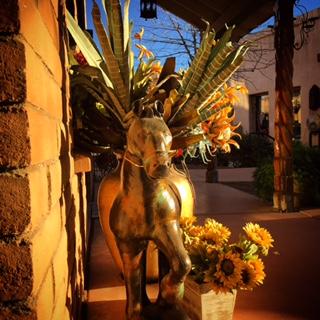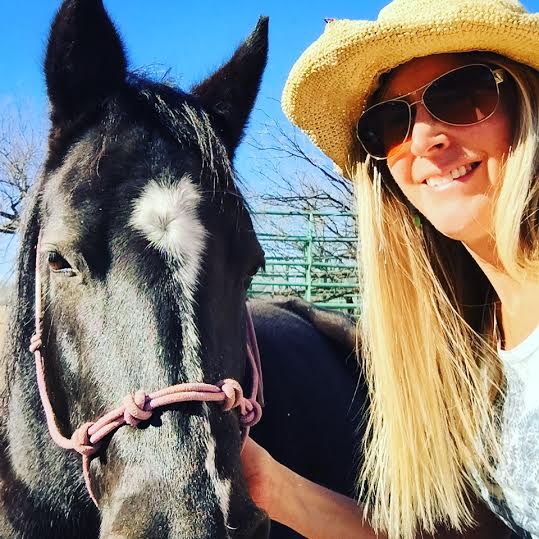
Have you ever tried to let go of a negative thought? Have you ever burdened a situation with negative judgments?
Read on for a personal story, and some food for thought as to why letting it go, and returning to radical acceptance, can help you do anything.
From Yoga to EFL, aligning with what IS has a peaceful power all its own.
Radical Acceptance. This funny little phrase keeps cropping up more and more a part of our everyday thought, our ordinary discourse.
There is no practice more obvious to understand, or more difficult to master.
When you think about it, it’s clear that everything that is happening just IS. Not accepting this seems absurd. Yet how much time do we all spend complaining about “what is,” or judging it, denying it, labeling it, resisting it?
I was joking with a dear friend this morning, that I had gotten into a habit lately of grumbling over and over, in my mind, while doing the dishes, “I am not a housewife!”
(It’s not that there’s anything wrong with being one – it’s just the way my personal resistance to domesticity reveals itself.) I had to stop and laugh and ask myself, “Is this really useful?”
Time to go back to “what is.” I am here. I am doing dishes. It isn’t good. It isn’t bad. It doesn’t define me. It just IS. The end.
Whatever mental baggage I choose to attach to that fact, is pure heaviness that will only weigh me down. Of course, I can radically accept my grumbling, but truly, the wiser part is to let it go and come back to pure being in the now.
Radical acceptance.
When we step onto our Yoga mats, we step into a pure relation with our own being. A time to practice radical acceptance. An opportunity to metabolize whatever we’ve experienced, an opportunity to invite the mind-chatter to dial down, and a time to check in with ourselves.
“How am I today?” That’s a great question to ask, when you come to your mat. When the answer arises, another opportunity for radical acceptance.

Eckhart Tolle, in A New Earth, describes “the truth” as “everything that is happening now.” When we accept everything that is happening now, we align with the truth. And there is nothing more powerful than that alignment.
(I believe that such alignment is one of the best descriptions of satya, the Yogic value of truthfulness.)
Alignment with what is – radical acceptance – gives us a sense of deep awareness and connected empowerment that can benefit any situation.
For example, I’m gearing up to guide a special practice this Monday – it’s called Yoga for Equestrians. I’m thrilled to be able to offer a Yoga practice for horse people, and what I hope to show, through the practice, are the deep connections between Yoga and working with horses (EFL). One of the big connections is Radical Acceptance.
When we step onto the mat, and into conscious practice, if we don’t radically accept WHAT IS (my back hurts, I feel angry, I can’t bend my left ankle, I feel distracted because I am behind on emails) then we are setting ourselves up for injury and unhappiness. Better to acknowledge: “Okay. Here I am on my mat, in the midst of all this, and it is okay.”

Accepting ourselves, just as we are, is the first, best step to a safe and helpful Yoga practice.
Same thing when we prepare to work with a horse. If we don’t radically accept the situation, moment by moment (my horse is distracted, she seems a little lame on the left side, it is windy, so I have to let go of my agenda) then we are setting ourselves up for injury and unhappiness. Accepting what is, allows us to be present, moment to moment, to the ever-evolving situation. And that is the best way to stay safe and have a fun time, no matter what we’re doing
The skills we need in order to have a healthy Yoga practice are the same ones we draw on to have a safe and fun experience with a horse.
More than that, in either situation, when we accept WHAT IS, and welcome ourselves to the practice just as we are, we become congruent.
When we become congruent (i.e. we’re owning how we are instead of trying to suppress anything), our blood pressure goes down, and our ability to concentrate and take in information goes up. We’re open to learning and growing. Congruence has many obvious benefits, in either situation. In fact, if you’re incongruent, your higher blood pressure and heart-rate are likely to translate anxiety to your horse. (If you’re not a horse person I’ll just hint: this is not a good thing.)
What does it take to become congruent? Radical Acceptance. Truthful acknowledgement.
Flexibility and a sense of humor go a long way too.
Wishing you a most joyous week!
~ Erin

